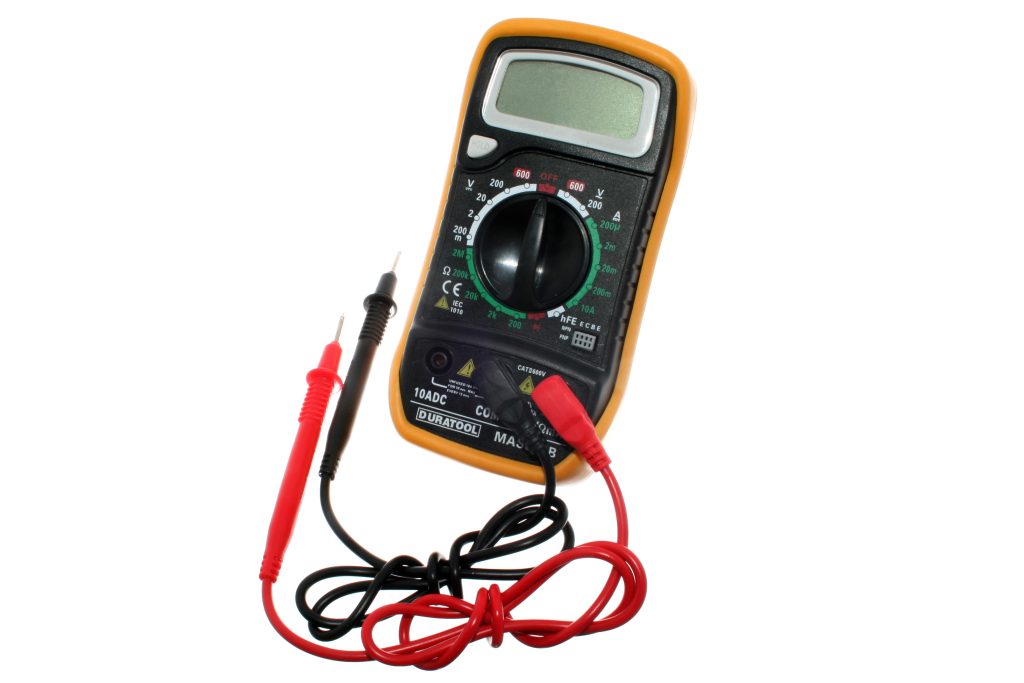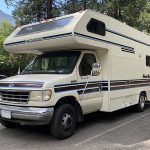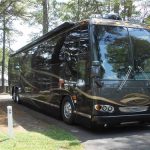30 amp vs 50 amp RV Electrical Systems
Electrical systems play a significant part in RV functioning and convenience. They power everything from your lights to your refrigerator, making RV living comfortable and modern. However, it’s all about amperage when discussing RV electrical systems. Particularly, the difference between 30 amp and 50 amp systems often perplexes RV owners. In this article, we’ll delve into these two distinct systems, unravelling their complexities to guide you in identifying which one sits best with your RV’s needs.
Basic Understanding of Amperes

Amperes, often shortened to amps, essentially measure the flow of electrical current. In an RV, the amp rating signifies the amount of electricity present in the electrical system. It regulates everything that uses power in your vehicle. Understanding amps can help in managing the electrical consumption of your RV, avoiding system overloads or potential damage – a crucial aspect when distinguishing between a 30 amp and a 50 amp electrical system.
The 30 Amp RV Electrical System
A 30 amp RV electrical system represents a prevalent setup within smaller RVs or older models, providing enough power for basic camping needs. Utilizing a single-phase, three-pronged plug with one hot wire, one neutral, and one ground, this configuration manifests a simpler design.
Capable of delivering up to 120 volts of electricity, this system offers a power ceiling of approximately 3600 watts. What does this translate into? It generally suffices for powering essentials such as interior lighting, a refrigerator, small kitchen appliances, and even an air conditioning unit, as long as they are not all operating simultaneously. However, RVers with a 30 amp service need to be conscious about managing their electrical use effectively to avoid an overload.
With its less complex layout and manageable power offering, a 30 amp system presents a more cost-effective and efficient choice for those with lower power needs or smaller RV setups. It’s an ideal balance of convenience, economy and implementation for many campers.
The 50 Amp RV Electrical System

The 50 amp RV electrical system is the power-horse, typically found in larger, more modern RVs loaded with high-power appliances. Boasting more robust hardware, it utilizes a four-pronged plug equipped with two separate 120-volt hot wires, a neutral, and a ground wire, creating a potential of 240 volts.
This setup effectively doubles the power, accommodating a whopping 12,000 watts. It comfortably supports electricity-hungry amenities like larger air conditioners, heating systems, and a proliferation of devices – all running concurrently without tripping the system.
Therefore, a 50 amp service is custom-made for luxury rigs boasting all modern conveniences or for those wishing to avoid power management. It offers ample power supply, ensuring a smoother, more liberal electrical usage experience, even when hosting high-draw equipment. This can be quite beneficial for full time RV living. However, it’s essential to remember that it incurs higher setup costs and may not be as readily available at all campsites.
Comparing 30 Amp and 50 Amp Electrical Systems
While both the 30 amp and 50 amp RV electrical systems perform the same basic function – powering your RV – there are notable differences. The 30 amp system is a simpler, more economical option, suitable for smaller RVs or those with minimal power needs. It requires careful energy management, ensuring no more than 3600 watts are used simultaneously.
On the other hand, the 50 amp system is more robust, perfect for larger RVs with multiple, power-hungry appliances. Comprised of two separate 120-volt lines, it provides up to 12,000 watts – the capacity to run multiple high-powered devices simultaneously without worry of tripping the system.
However, the larger power capacity comes at a cost. The 50 amp system has higher installation costs, may increase energy costs, and not all campsites offer 50 amp service. Weighing these factors is crucial when choosing between the two systems.
Here is an article describing the differences between the 30 amp and 50 amp electrical plugs.
Conversion between 30 Amp and 50 Amp Systems
It’s quite feasible to convert from a 30 amp to a 50 amp electrical system or vice versa, albeit with some considerations. Converting a 30 amp system into a 50 amp one accommodates more power-hungry appliances and allows using several devices simultaneously. However, this not only requires rewiring but also necessitates an installed 50 amp breaker at the campsite. Therefore, it’s more complicated and costlier than a mere plug swap.
Conversely, converting a 50 amp to a 30 amp system involves the use of an adapter. This solution, often used at campsites that lack 50 amp service, can limit your power availability. While simpler and cheaper, it means the system can only deliver the power of a 30 amp system, hence limiting the obtained power and the number of appliances used at once.
In both scenarios, safety should be paramount. If unfamiliar with electrical systems, consider hiring a professional to complete the conversion. They can ensure safe installation and help avoid potentially dangerous electrical issues.
Choosing the Right System for Your RV
The decision between a 30 amp and a 50 amp system hinges on your RV’s power requirements. Smaller RVs with few high-demand appliances operate effectively on a 30 amp system. This option is budget-friendly, widely available, and suited for cautious energy management.
On the contrary, larger RVs utilizing high-power appliances such as air conditioners, heating systems, or washer-dryers, perform better with a 50 amp service. While this option might be pricier, it essentially eliminates the need for power juggling and provides a more carefree camping experience.
Always bear in mind that matching the chosen electrical system to your RV’s specifications is necessary for safe operation. Misjudging your RV’s electrical capacity could result in potential damage or dangerous situations. Therefore, understanding your RV’s power demands and the differences between 30 amp and 50 amp systems is pivotal.
Conclusion
Determining the right electrical system for your RV is a crucial aspect of securing an enriching and safe RV experience. Whether it’s the economy and simplicity of a 30 amp system or the robustness and abundance of a 50 amp system, the choice ultimately drills down to understanding your RV’s power needs and personal preferences.
Remember, it’s not just about selecting a system but also managing it suitably to sustain your appliances and ensuring your RV’s longevity. By comprehending the 30 amp and 50 amp RV electrical systems, you’re on track to make an informed decision, fostering optimal enjoyment and safety on your RV journeys.






Leave a Reply